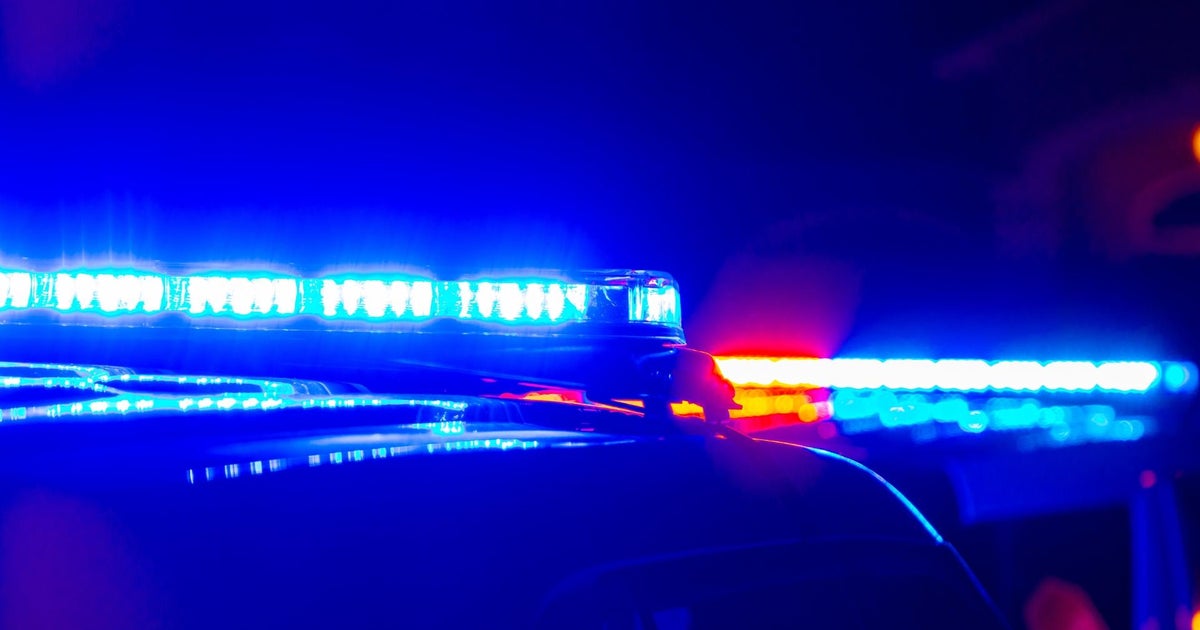California Panel Weighs Nuclear Safety After Earthquake
SACRAMENTO, Calif. (AP) -- State senators are reviewing whether California's nuclear power plants and gas pipelines are safe from earthquakes as Japan's scramble to control its damaged reactors brings up uncomfortable similarities to the nuclear plants on America's West Coast.
"The events in Japan provide a teachable moment on the wisdom of placing large sources of radiation near earthquake faults," said Daniel Hirsch, a lecturer in nuclear policy at University of California, Santa Cruz, who is scheduled to testify before lawmakers Monday.
Sen. Ellen Corbett, the San Leandro Democrat who chairs the Senate Select Committee on Earthquake and Disaster Preparedness, Response and Recovery, said she hopes to allay fears that the disaster in Japan has inspired.
She plans to hear details of the damage California suffered from the tsunami created during March 11's 9.0-magnitude quake and address some basic questions: "Can these sorts of things happen in California, and are we ready for them, and if not, what can we do to prepare?"
The White House last week asked the Nuclear Regulatory Commission to conduct a comprehensive review of safety for all 104 U.S. nuclear plants after radiation leaks and explosions at Japanese plants raised fears on both sides of the Pacific. The Union of Concerned Scientists on Thursday accused the NRC of lax oversight at some nuclear plants that were subjects of special inspections last year.
But at the same time, the Obama administration has been seeking billions of dollars in federal guarantees for the nuclear energy industry, and nuclear energy has seen a resurgence of interest as concerns grow about greenhouse gases emitted by burning hydrocarbons like coal and oil.
Concerns about seismic safety have haunted California's two commercial nuclear plants for decades as geologists identified new faults near the generators that could produce earthquakes and safety problems made headlines.
A 2008 NRC report revealed that a battery powering safety systems at the San Onofre plant 70 miles southeast of Los Angeles had not worked for four years.
The Union of Concerned Scientists report last week noted a finding that emergency cooling-water valves failed in 2009 at the Diablo Canyon plant near San Luis Obispo as a result of repairs that were made to another set of valves 18 months earlier.
The utilities that operate the plants maintain they were built to withstand the largest quakes expected in the region and safety systems are in place.
Neither Southern California Edison, which operates San Onofre, nor Pacific Gas and Electric Co., which runs Diablo Canyon, would comment before the hearing. However, Diablo Canyon Vice President James Becker responded to concerns about safety in a published statement in The Tribune newspaper of San Luis Obispo.
"PG&E is the only utility in the country that employs a fully staffed seismic department," Becker wrote. "Our geological experts, using state-of-the-art technology, have determined that potential impacts of all nearby faults fall within all design safety margins and that Diablo Canyon remains seismically safe."
Nevertheless, the damage in Japan and last year's deadly natural gas explosion that destroyed dozens of homes in San Bruno are fueling fears. State health officials last week held a news conference to reassure the public there was no threat from radiation drifting from Japan to California after receiving nearly 1,000 calls in three days to an information hotline.
Representatives from natural gas utilities and the two nuclear plants are scheduled to testify at the noon.
(Copyright 2011 by The Associated Press. All Rights Reserved.)



